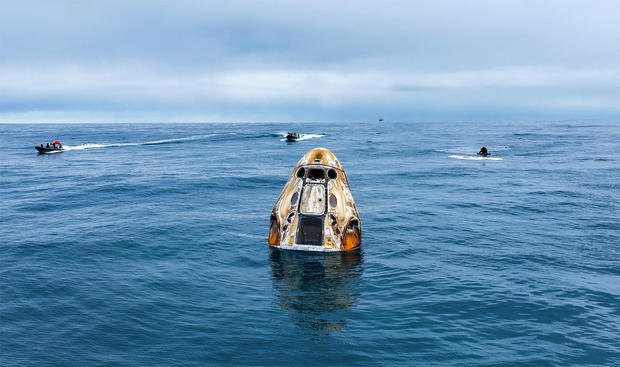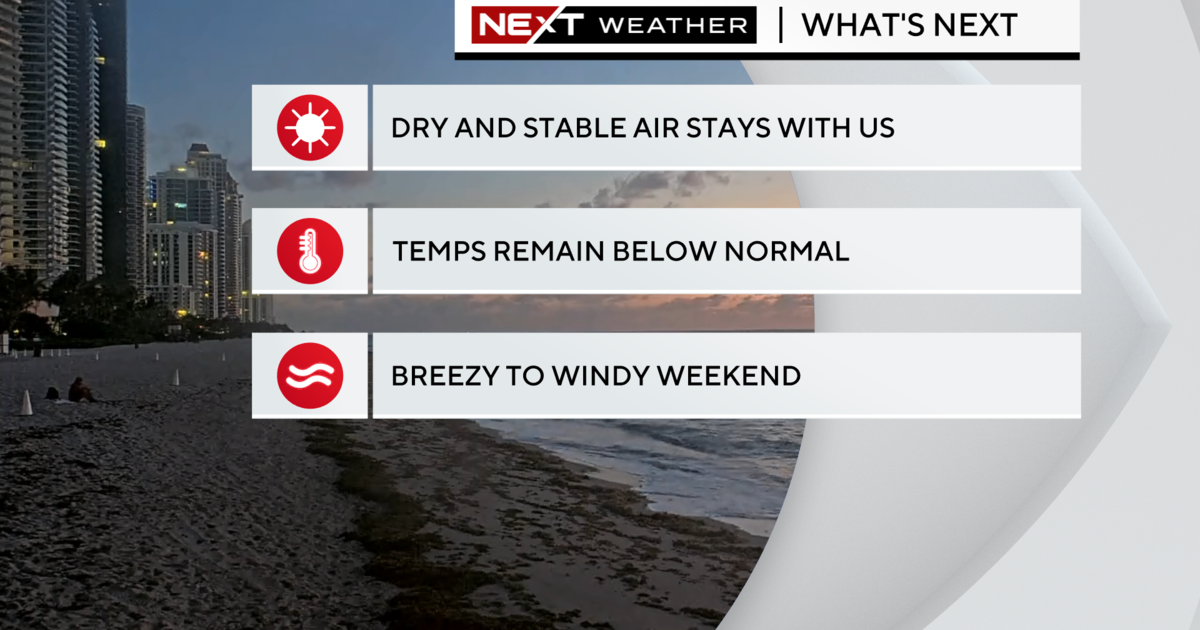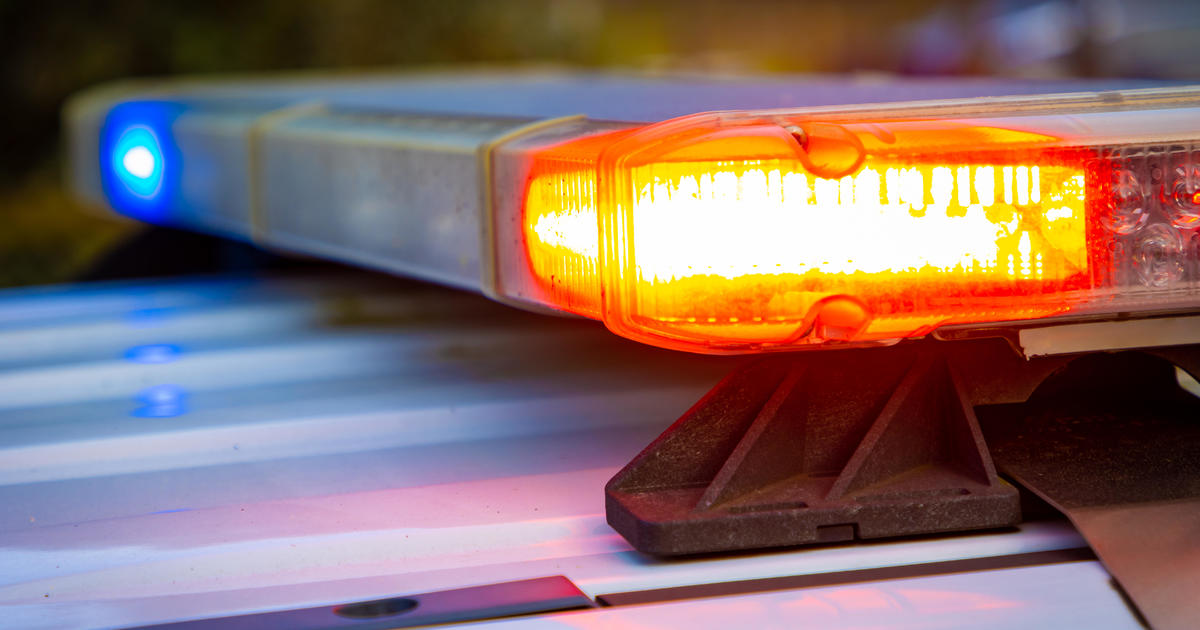Private-sector astronauts return to Earth after extended space station visit
A commercially chartered Crew Dragon spacecraft plunged into the atmosphere and splashed down off the east coast of Florida Friday, bringing four private astronauts back to Earth after an extended stay aboard the International Space Station.
With commander Michael López-Alegría and Italian co-pilot Walter Villadei monitoring cockpit displays, flanked by Swedish flier Marcus Wandt and Turkey's Alper Gezeravci, the Crew Dragon's braking rockets fired at 7:42 a.m. EST, slowing the ship just enough to drop the far side of its orbit deep into the atmosphere.
Descending along a southwest-to-northeast trajectory across Central America and the Florida peninsula, the Crew Dragon's heat shield protected the craft from temperatures higher than 3,000 degrees as the capsule rapidly decelerated in a blaze of atmospheric friction.
Approaching the landing zone east of Daytona Beach, two small drogue chutes deployed to stabilize the spacecraft, followed by the ship's four main parachutes, which lowered the Crew Dragon to a gentle splashdown at 8:30 a.m. Mission duration was 21 days and 15 hours.
"Welcome home," a flight controller radioed. "Thanks for flying SpaceX."
"It was our pleasure," López-Alegría replied. Despite the capsule's motion on a gently rolling sea, he reported all four crew members were feeling good as they began their readjustment to gravity after three weeks off planet.
A SpaceX recovery ship was standing by and within about a half hour, the capsule was hauled aboard so technicians could open its side hatch and help the returning space fliers get out, one at a time, for initial medical checks.
All four were in good spirits, able to stand upright with the assistance of recovery personnel as they began getting used to the unfamiliar tug of gravity.
It was the third -- and longest -- "private astronaut mission" chartered by Houston-based Axiom Space in a program sanctioned by NASA to encourage private-sector use of the International Space Station.
Axiom is using the Crew Dragon flights to ISS to develop procedures and experience needed to operate a commercial space station the company plans to start building over the next few years.
Launched Jan. 18 from the Kennedy Space Center, López-Alegría, a retired NASA astronaut, Villadei, Wandt and Gezeravci originally planned to spend just two weeks aboard the station, returning to Earth on Feb. 3.
But high winds in both the Gulf of Mexico and the Atlantic Ocean splashdown zones forced the crew to remain in orbit an additional six days when all was said and done, undocking Wednesday and then flying on their own for nearly two days to reach the proper trajectory for Friday's re-entry.
The descent to splashdown appeared to go off without a hitch, clearing the way for NASA and SpaceX to press ahead with two major missions amid a steady string of Starlink launches.
On Feb. 14, SpaceX plans to launch a robotic moon lander built by Intuitive Machines of Houston in a project funded by NASA to collect data on conditions near the lunar south pole as the agency ramps up toward astronaut landings in the next few years.
Once that mission is is off the ground, SpaceX will shift gears and ready another Falcon 9 for launch at the end of the month from the same Kennedy Space Center pad to carry four long-duration crew members to the International Space Station.
Crew 8 commander Matthew Dominick, Michael Barratt, Jeanette Epps and cosmonaut Alexander Grebenkin will join Crew 7 commander Jasmin Moghbeli, European Space Agency astronaut Andreas Mogensen, Japanese astronaut Satoshi Furukawa and cosmonaut Konstantin Borisov aboard the ISS, along with Russian cosmonauts Oleg Kononenko, Nikolai Chub and NASA's Loral O'Hara.
Crew 7 was launched last August by SpaceX followed by Kononenko, Chub and O'Hara last September aboard a Russian Soyuz spacecraft.
Moghbeli and her crewmates plan to undock and head home in early March. The ISS crew then will await the late March arrival of a Russian Soyuz spacecraft carrying veteran cosmonaut Oleg Novitskiy, Belarus guest flier Marina Vasilevskaya and NASA veteran Tracy Dyson.
Novitskiy, Vasilevskaya and O'Hara will return to Earth on April 2, leaving Dyson behind on the ISS with Kononenko and Chub, who are both spending a full year in space. Dyson will join them for return to Earth in September.






